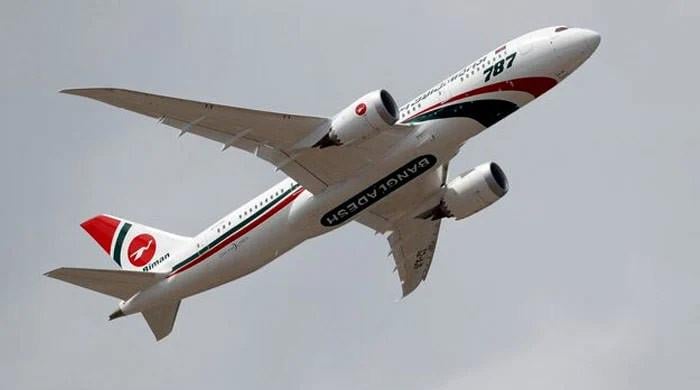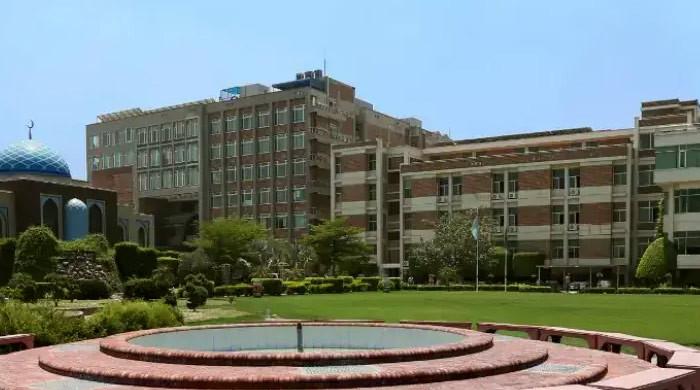Rabi ul Awal moon not sighted, Eid Milad un Nabi to be celebrated on Sept 6
RHC Chairman Maulana Abdul Khabeer makes announcement as top body did not receive any testimony
August 24, 2025

- Central Ruet-e-Hilal Committee holds main session in Karachi
- Zonal meetings take place in Lahore, Quetta, and Peshawar
- Met Department, Ministry of Religious Affairs officials join session.
Ruet-e-Hilal Committee Chairman Maulana Abdul Khabeer Azad announced on Sunday that Rabi ul Awal moon had not been sighted and Eid Milad un Nabi (Peace Be Upon Him) would fall on September 6.
The announcement was made following a meeting of the Zonal Ruet-e-Hilal Committee, chaired by Chairman Maulana Abdul Khabir Azad in Karachi.
Representatives from the Pakistan Meteorological Department, the Ministry of Science and Technology and other concerned institutions also provided their technical support in the matter.
After reviewing reports and testimonies from across the country, the committee confirmed that no credible evidence of moon sighting had been received.
Accordingly, the first Rabi-ul-Awwal for the Islamic year 1447 AH will commence from Tuesday, August 26, while the 12th Rabi-ul-Awwal — the birth anniversary of Prophet Muhammad (Peace Be Upon Him) — will be observed on Saturday, September 6.
Earlier, the Space and Upper Atmosphere Research Commission (Suparco) released its forecast for the sighting of the Rabi ul Awal moon.
In a detailed statement, it stated that the new moon was expected to be born at 11:06am on August 23, and it will be approximately 32 hours and 13 minutes old — well within visibility range — by sunset on August 24, it added.
Along the country's coastal regions, the time gap between sunset and moonset was about 45 minutes, which increased chances for the crescent sighting if skies remain clear.









